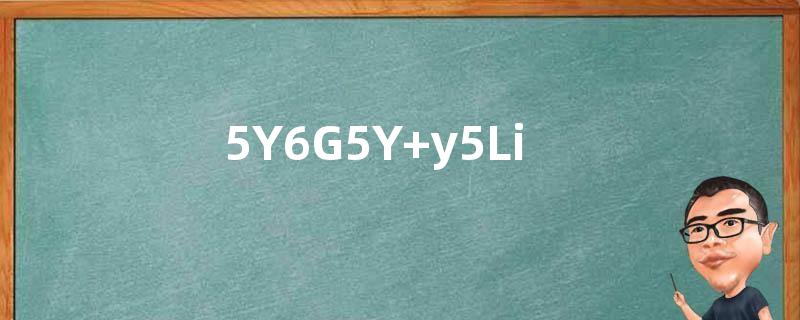历史上的今天 · 1961年 柏林墙开始建造

The Berlin Wall was a guarded concrete barrier that physically and ideologically divided Berlin from 1961 to 1989. Constructed by the German Democratic Republic (德意志民主共和国), starting on 13 August 1961, the Wall cut off (by land) West Berlin from virtually all of surrounding East Germany and East Berlin until government officials opened it in November 1989. Its demolition (拆除) officially began on 13 June 1990 and finished in 1992.
History
At the end of World War II, Berlin and Germany were divided into four zones into the American sector, the British sector, the French sector and the Soviet sector. The ruinous relationship between the Allies (同盟国) and the Soviet Union (苏联) worsened year after year to the point that two currencies, two political ideals, and finally, two Germanies were enforced.On 23 May 1949, the Western Allies (USA, France, Britain) signed an agreement establishing the Federal Republic of Germany (West Germany). On 7 October 1949, the Soviet zone established the German Democratic Republic (East Germany). Berlin was divided into two areas and the Allies and the Soviet Union created 81 checkpoints between the two sections of the city.
Construction of the Wall
Up to 1961 nearly three million people immigrated to the flourishing West Berlin due to the collapsing Soviet Economy (苏联经济解体). East Germany was unhappy by the high percentage of inhabitants (especially those with higher educations) leaving the socialist state. To prevent more people leaving, a provisional (临时的) wall was built on the 13 August 1961, and 69 checkpoints closed, leaving 12 in the whole city still functioning. The next morning, the authorities had placed a provisional barbed wire of 155 km long that separated East Berlin from West Berlin. The means of transportation could no longer cross the border. During the following days, a brick wall was built between the whole border. The houses that were on the frontier (边境) were evicted (驱逐). Over the following years many people tried to escape to West Berlin.
Fall of The Berlin Wall
When Communism fell in Hungary (匈牙利) in 1989, the electric fence between the country and Austria (奥地利) was removed. It was the first step for the fall of the "Iron Curtain (铁幕)", as it caused massive demonstrations in Alexanderplatz (亚历山大广场). On 9 November 1989, East Germany’ s government opened all the checkpoints. On the same day thousands of East Germans gathered at the Berlin Wall to cross to the other side and they were not stopped, so there was a huge exodus. The next day, the Berlin Wall started to be knocked over.
Once the borders were reopened, family members and friends who had been separated for 28 years finally came together.
Where to see the remains of the Wall
The longest part of the Berlin Wall that is still standing is called the East Side Gallery. Visitors can walk along the 1.3 kilometres of barrier that is beautifully decorated with paintings that reflect several events related to the Wall.
Near Checkpoint Charlie is the documentation center called "Topography of Terror (恐怖地形图)", which houses parts of the Berlin Wall.
Festival of Freedom
On 9 November 2009, Berlin celebrated the 20th Anniversary of the Fall of the Berlin Wall with a "Festival of Freedom" with dignitaries (高官) from around the world in attendance for an evening celebration around the Brandenburg Gate (勃兰登堡门). A high point was when over 1,000 colourfully designed foam domino tiles (泡沫多米诺骨牌瓷砖), each over 8 feet (2.4 m) tall, that were stacked along the former route of the Wall in the city center were toppled in stages, converging in front of the Brandenburg (勃兰登堡) Gate.
相关文章
- 历史上的今天 · 1961年 柏林墙开始建造
- 成为一名优秀英语教师的26个关键词
- 英语中关于时间点、世纪、年代、年、月、日的表达方式
- 初中:374个常见且重要的短语
- 如何用英语表达冠军、亚军、季军?
- 如何用英语表达上厕所及其相关情境?
- 几个与game相关的英语短语
- 62个常用英语句型_提高英语表达能力的关键
- 高中三年所有合成词分类整理
- 如何在英语中准确表达“你火了”,而不是“你着火了”?
- 七年级多主题英语优秀作文10篇,快来收藏!
- 关于“目标”的英语单词短语及英语作文
- “车祸”的英语怎么说?
- 国际象棋(Chess)怎么玩?
- 简短英语作文三篇:睡美人 Sleeping Beauty
- 英语阅读:内收肌的功能、重要性、训练方法
- 口语:如何用英语鼓励他人?
- “confidence”及其相关短语的正确用法
- 蟑螂(cockroach)是一种常见的昆虫
- 四个英语口语中常被误解的短语